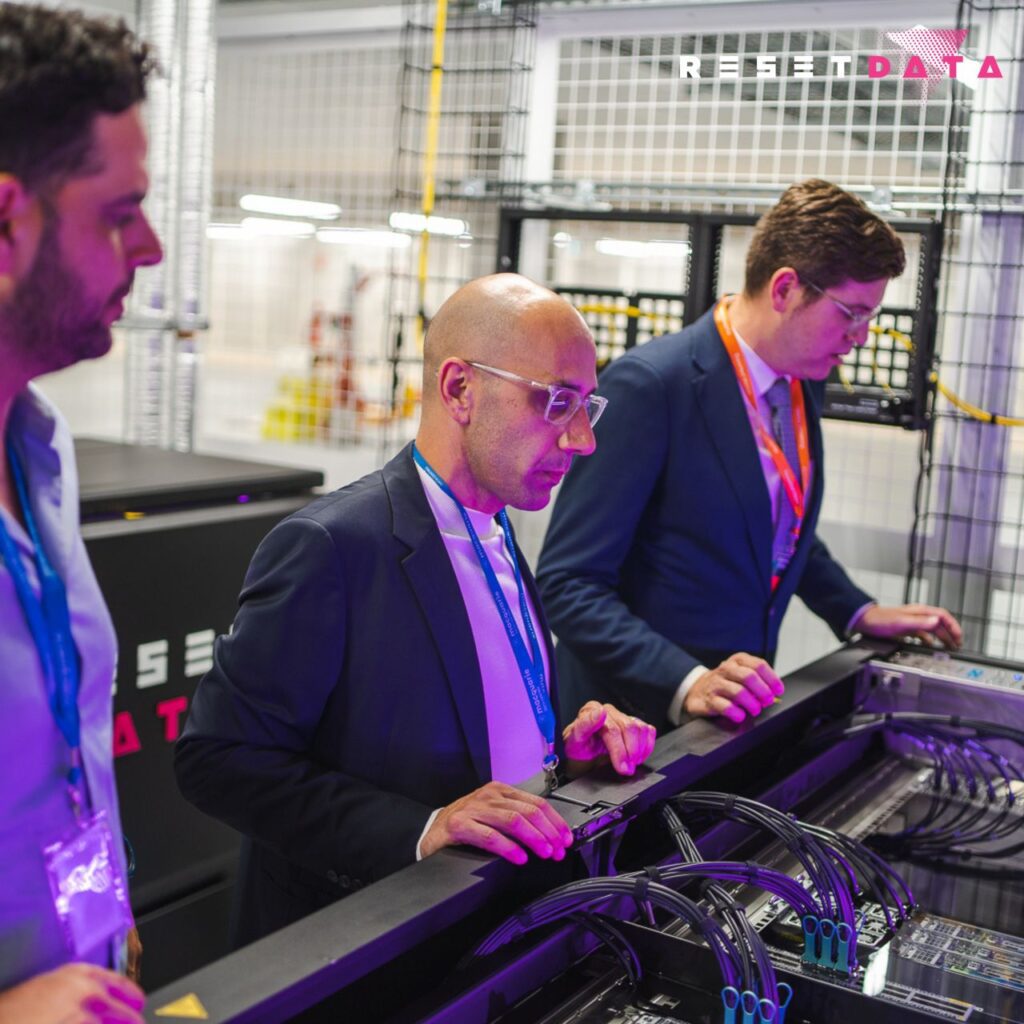Victorian Man Taken Into Custody for Suspected Widespread Mobile Number Porting Fraud
We independently review everything we recommend. When you buy through our links, we may earn a commission which is paid directly to our Australia-based writers, editors, and support staff. Thank you for your support!
Brief Insight
- A man from Victoria has been apprehended for allegedly trying to fraudulently transfer 86 mobile numbers to another telecommunications service.
- The Australian Federal Police (AFP) asserts that 44 of these numbers were successfully moved without the owners’ approval.
- Scams involving mobile number porting enable criminals to circumvent multi-factor authentication and access confidential accounts.
- The AFP is conducting an investigation and is actively working to locate affected individuals.
- Officials have confiscated mobile devices, a desktop computer, SIM cards, and items suspected to be related to drugs from the suspect’s residence.
- If found guilty, the individual could face a prison sentence of up to 10 years.
Large-Scale Mobile Number Porting Fraud: Overview
A 34-year-old individual from Lynbrook, situated in the southeast of Melbourne, has been arrested for purportedly orchestrating a significant mobile number porting scam. This event, which transpired in July of last year, involved an initiative to port 86 mobile numbers to another telecom provider.
The individual in question reportedly submitted 193 porting requests, with 44 being successfully transferred without the consent of the legitimate owners. An investigation has been initiated by the Australian Federal Police (AFP), who are currently pursuing the identification of affected individuals.

Risks Associated with Mobile Number Porting Scams
Mobile number porting fraud is becoming an increasing concern in Australia. Once a fraudster gains control of a number, they can intercept SMS-based authentication codes required for accessing online accounts, including banking and social media. This enables cybercriminals to override security protocols and potentially pilfer funds or sensitive personal data.
The scam generally involves fraudsters utilizing stolen personal information to request that a victim’s phone number be transferred to a different provider. If successful, the individual loses mobile service access, while the attacker gains control over their accounts.
Detection of the Scam
The telecommunications company involved in this case, which has not been disclosed, identified an unusually high volume of porting requests associated with 86 distinct mobile numbers. Following an investigation, it was determined that many of these requests were unauthorized, prompting them to inform the authorities.
This led the AFP to take action, confiscating multiple mobile devices, a desktop computer, several SIM cards, and items suspected of being related to drug activity from the suspect’s home. These items will be subject to forensic analysis as part of the ongoing investigation.
Efforts by Authorities to Tackle Mobile Fraud
The AFP has been proactive in addressing mobile fraud by fostering increased collaboration with telecommunications companies. Recently, Australian authorities have instituted stricter identity verification protocols to mitigate unauthorized number porting.
In 2020, the Australian Communications and Media Authority (ACMA) implemented regulations mandating that telcos perform multi-step identity verification before approving number transfer requests. Even with these advancements, fraudsters are continually finding ways to exploit the system.
Steps to Shield Yourself from Mobile Number Fraud
With the rise of mobile porting scams, it is vital to take proactive measures to protect your personal information:
- Activate extra security protocols, like a PIN or password, for number porting requests with your telecom provider.
- Keep an eye on your mobile service for any unforeseen interruptions, which could be signs of fraudulent porting activity.
- Opt for app-based authentication instead of SMS-based codes wherever feasible.
- Regularly assess the security settings for your banking and email accounts.
- Be cautious when sharing personal information online, as fraudsters frequently use stolen data to execute scams.
Conclusion
The arrest of a 34-year-old man from Victoria underscores the escalating threat posed by mobile number porting scams in Australia. With fraudsters employing these tactics to access sensitive accounts, it is essential for telecom operators, law enforcement, and consumers to remain alert. By adopting stronger security measures and keeping informed, Australians can better shield themselves from falling prey to these intricate scams.
Common Questions
Q: What is mobile number porting fraud?
A:
Mobile number porting fraud takes place when scammers unlawfully transfer a victim’s phone number to another telecom provider without their consent. This enables fraudsters to intercept both calls and SMS messages, including authentication codes for banking and online services.
Q: How can I identify if my number has been fraudulently ported?
A:
Indicators of fraudulent porting may include an unexpected loss of mobile service, inability to make or receive calls, and not receiving anticipated SMS messages. If you notice these problems, reach out to your telecom provider immediately.
Q: What should I do if I become a victim of a mobile porting scam?
A:
Should you suspect your number has been fraudulently ported, contact both your telecom provider and financial institutions without delay. Change passwords for sensitive accounts and report the incident to the Australian Cyber Security Centre (ACSC) or the Australian Federal Police.
Q: Can telecom companies prevent mobile porting fraud?
A:
Yes, numerous telecommunications providers have instituted extra security measures like requiring PINs or multi-step verification for number porting requests. However, fraudsters still find ways to get around these protections, making awareness among consumers crucial.
Q: What consequences do scammers face for mobile porting fraud?
A:
In Australia, mobile fraud is taken very seriously as a criminal offence. Those found guilty of fraudulent number porting may face prison sentences of up to 10 years, contingent on the severity of the offence and the resulting financial damage.
Q: How can I enhance the security of my online accounts?
A:
To boost security, prefer app-based authentication (like Google Authenticator) over SMS codes. Activate two-factor authentication, utilize strong passwords, and routinely refresh your security settings.
Q: Are mobile porting scams becoming increasingly prevalent?
A:
Yes, mobile porting scams have been escalating both in Australia and globally. As cybercriminals grow more sophisticated, it is essential for individuals and organizations to stay updated and take needed precautions to safeguard their personal information.
Q: What should I do if I receive a dubious porting request?
A:
If you receive an unexpected notification regarding a porting request, contact your telecom provider without delay to verify its authenticity. Do not disregard such alerts, as timely action can help avert fraud.



.jpg&h=420&w=748&c=0&s=0)












